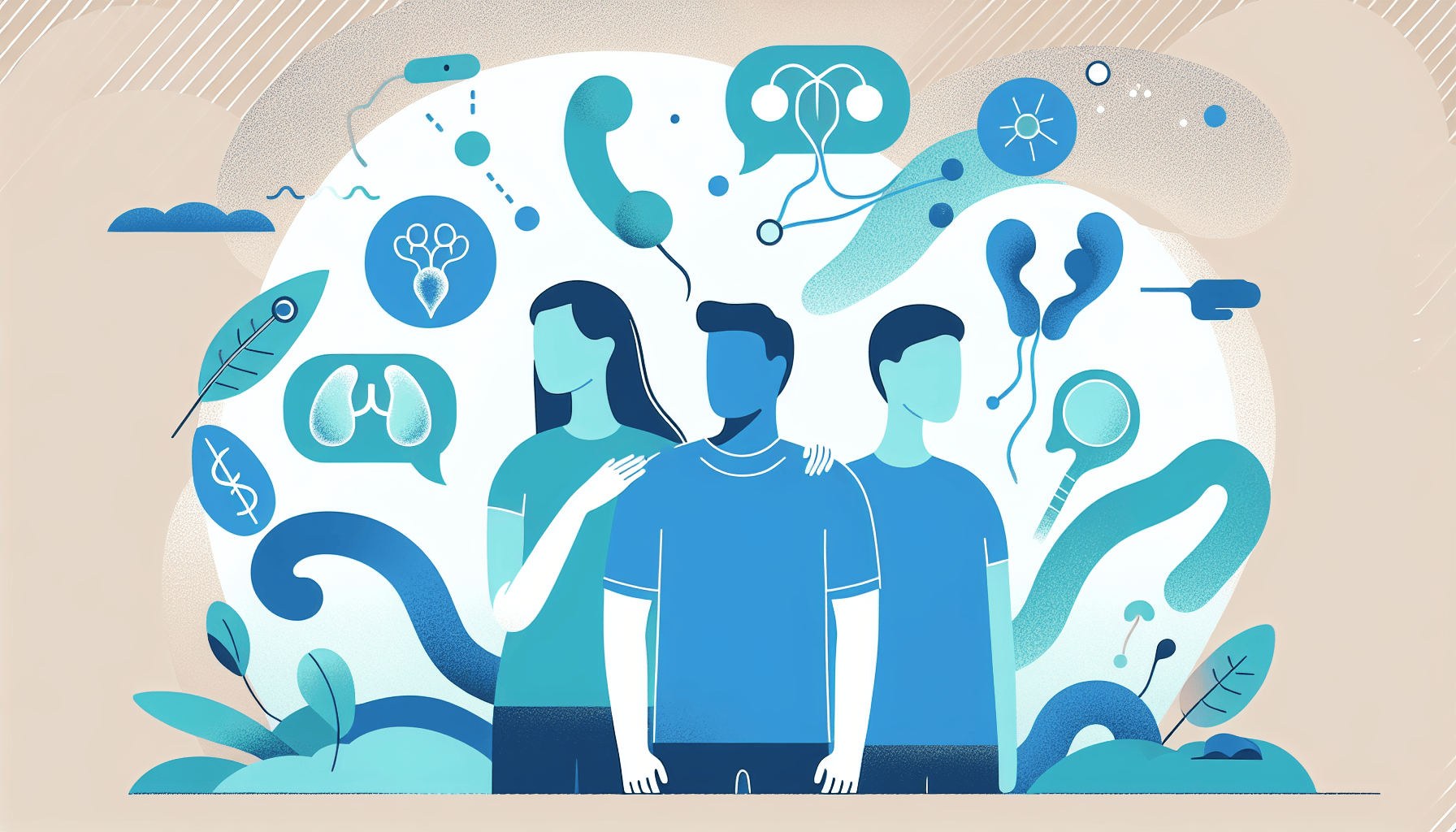Does Gabapentin Help with Sciatica?
Sciatica can cause sharp pain that shoots down your leg, making simple tasks hard. Many people wonder if gabapentin, a common medication, can ease this pain. This article [...]
Read MoreUrea cycle disorders (UCDs) are a group of inherited diseases that affect the body's ability to remove waste products from protein digestion. When a child without UCD consumes protein, their body breaks it down into amino acids and utilizes what it needs. The remaining waste products are typically broken down further and removed from the body through a process called the urea cycle. However, in children with UCDs, the liver cannot produce one of the essential enzymes required for this process, leading to a buildup of toxic ammonia in the blood.
UCDs affect approximately 1 in 35,000 newborns. There are eight types of UCDs, each named after the missing enzyme in the urea cycle. Parents pass these diseases down to their children through defective genes. In most cases, a child must inherit a defective gene from both parents to develop a UCD. However, one type of UCD called ornithine transcarbamylase (OTC) deficiency is a sex-linked disorder, primarily affecting males who inherit the defective gene from their mothers.
UCDs are classified into two groups: complete and partial. In complete UCDs, the baby has a severe or total lack of the enzyme, and symptoms appear within the first few days of life. These symptoms may include:
Fussiness
Sleepiness or sluggishness
Feeding difficulties
Vomiting
Low body temperature
Posture problems
Seizures
Breathing issues
Coma
In partial UCDs, the baby can produce some of the enzyme, but not enough. Symptoms may not appear for months or even years and are usually less severe. These symptoms can be triggered by illness, injury, stress, or rapid weight loss and may include:
Avoidance of high-protein foods or dislike of meat
Loss of appetite
Nausea or vomiting
Behavioral problems, such as hyperactivity
Mental issues, including confusion, delusions, hallucinations, or psychosis
Most newborns in the United States are tested for two types of UCDs: ASS1 and ASL deficiencies. Many states also test for arginase and citrin deficiencies, while a few states test for OTC and CPS1 deficiencies. If a baby develops symptoms after going home, doctors will perform a physical exam, review family history, and conduct tests to look for ammonia in the blood and amino acids in the blood and urine. A liver biopsy may be performed to test for enzymes, and genetic tests can confirm the diagnosis.

UCDs are life-threatening, and immediate treatment is crucial. A team of health professionals will provide care, starting with three simultaneous treatments:
Dialysis to remove ammonia from the blood
Feeding supplements containing sugars, fats, and amino acids
Medications to remove excess nitrogen
Long-term treatment focuses on managing UCD symptoms and includes:
A low-protein, high-calorie diet
Medications to remove nitrogen
Amino acid supplements
Drinking plenty of water
In some cases, a liver transplant can reverse the symptoms of a UCD.
There is no cure for UCDs, and a child's long-term health depends on the specific type of UCD, its severity, how early it was diagnosed, and adherence to the treatment plan. Repeated brain swelling due to not following the special diet or experiencing frequent stress-induced symptoms can lead to irreversible brain damage. However, with early diagnosis and strict adherence to the treatment plan, children with UCDs can live normal lives.
For more information on urea cycle disorders, visit:
Sciatica can cause sharp pain that shoots down your leg, making simple tasks hard. Many people wonder if gabapentin, a common medication, can ease this pain. This article [...]
Read MoreBack pain is one of the most common health complaints, affecting millions of people worldwide. If you have back pain, you might have heard about gabapentin as a possible [...]
Read MoreIf you take gabapentin, you might wonder if it will show up on a drug test. This question matters for many people, whether it’s for work, sports, or legal reasons. Gabapentin [...]
Read More